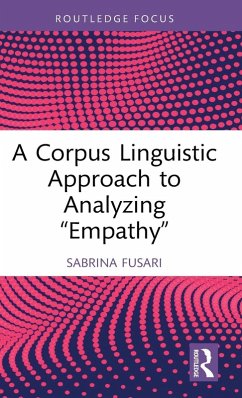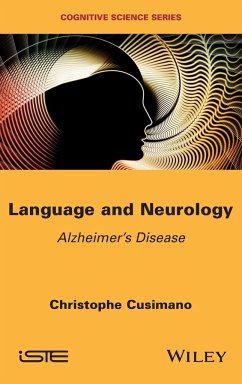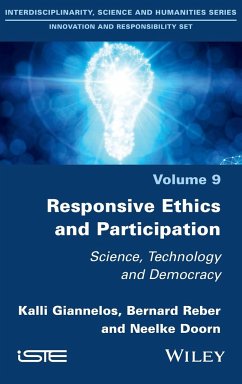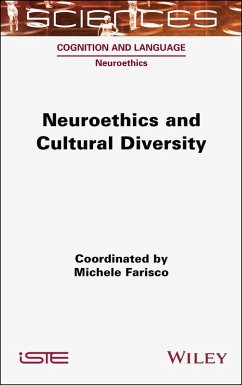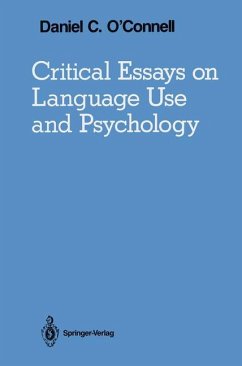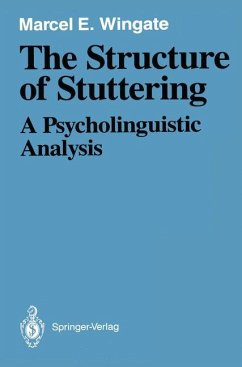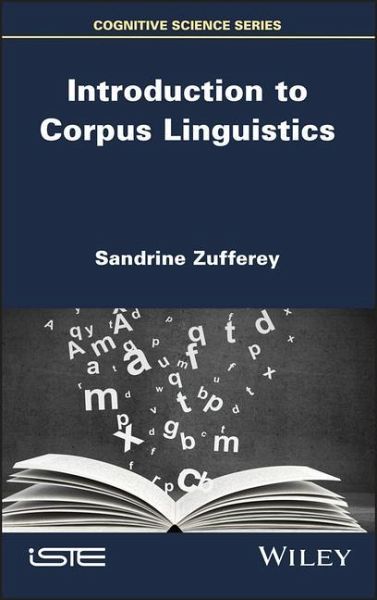
Introduction to Corpus Linguistics
Versandkostenfrei!
Versandfertig in über 4 Wochen
157,99 €
inkl. MwSt.
Weitere Ausgaben:

PAYBACK Punkte
79 °P sammeln!
Over the past decades, the use of quantitative methods has become almost generalized in all domains of linguistics. However, using these methods requires a thorough understanding of the principles underlying them. Introduction to quantitative methods in linguistics aims at providing students with an up-to-date and accessible guide to both corpus linguistics and experimental linguistics. The objectives are to help students developing critical thinking about the way these methods are used in the literature and helping them to devise their own research projects using quantitative data analysis.




